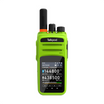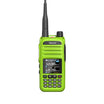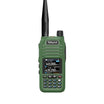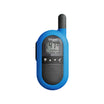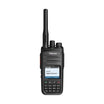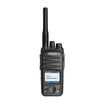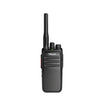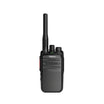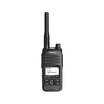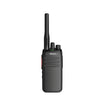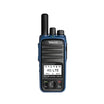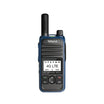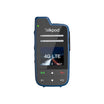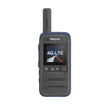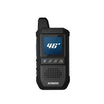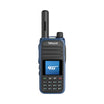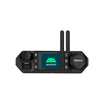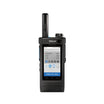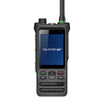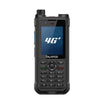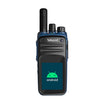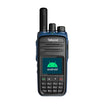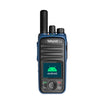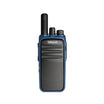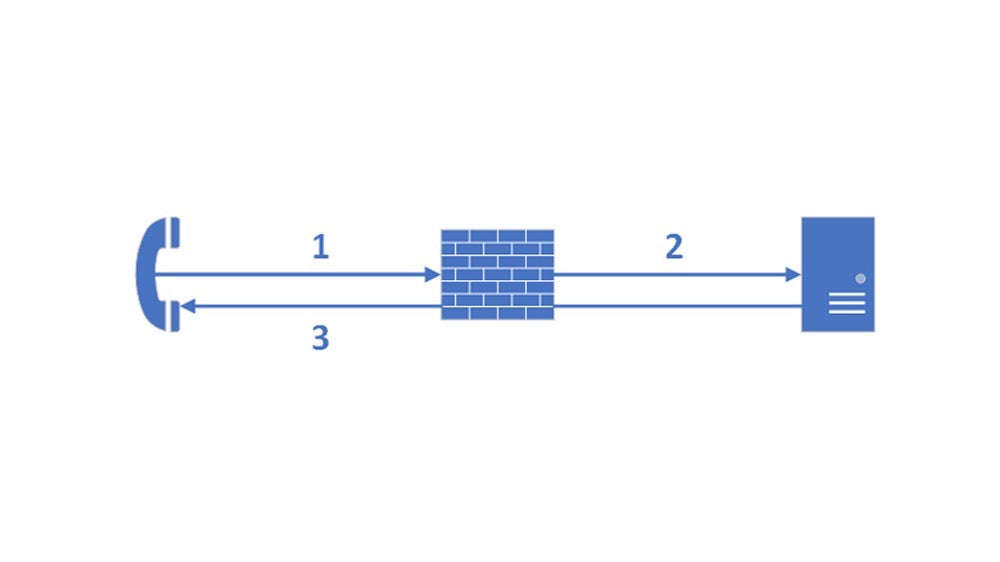In the world of two-way radio communications, control and security are paramount. One of the critical features designed to enhance these aspects is the 'Stun' function. This blog delves into the 'Stun' feature, exploring its purpose, operation, and significance in modern radio communication systems.
What is the 'Stun' Feature?
The 'Stun' feature in radio communication is a security function that allows a radio to be remotely disabled. When a radio is 'stunned,' it loses the ability to receive incoming communications but retains the capability to transmit. This unique characteristic ensures that even in a disabled state, the radio can send signals, often used for emergency or status updates.
Why is 'Stun' Important?
The primary purpose of the 'Stun' feature is to enhance the security and control of radio networks. It is particularly useful in situations where a radio is lost or stolen, preventing unauthorized access to the network. By disabling the radio remotely, administrators can ensure that it cannot be used for eavesdropping or unauthorized communications, thereby safeguarding sensitive information.
Operational Mechanics
The 'Stun' function is typically activated remotely by the radio network administrator. Upon receiving a specific command signal, the targeted radio switches to a disabled state, where it can only transmit and not receive. This feature is crucial for maintaining the integrity of the radio network and preventing misuse of radio devices.
Conclusion
The 'Stun' feature represents an essential aspect of modern radio communication, offering a blend of security, control, and flexibility. It ensures that radio networks remain secure and that communication devices are used appropriately, reflecting the evolving needs and challenges of radio communication in various industries.





